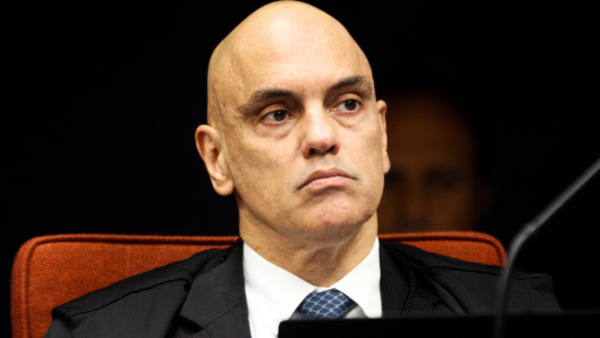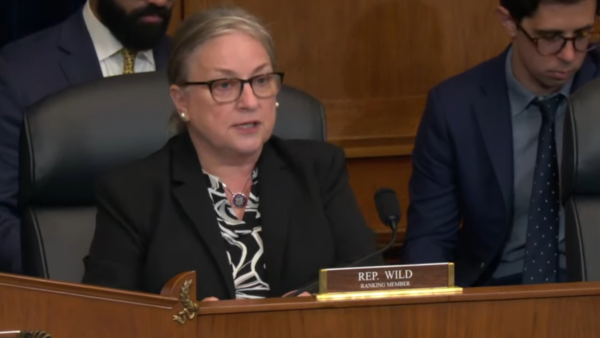The Inter-American Development Bank (IDB), the largest development institution in Latin America and the Caribbean, revised its projections for the region’s growth to 1.6 percent this year.
In the case of Brazil, expectations were reduced from 1.8 percent to 1.5 percent, that is, below the region’s average expansion. The same would happen in the following year, with Latin America growing by 2.3 percent and Brazil by 2 percent and 2.1 percent in 2025 and 2026, respectively.
It is a much more pessimistic forecast than that of the International Monetary Fund, which sees Brazil’s economy advancing by 3.1 percent in 2024 and 3.2 percent in 2025. It also goes in the opposite direction of analysts surveyed weekly by the Brazilian Central Bank — the median forecast for the year jumped from 1.6 to 1.77 percent over the past four weeks.
The IDB says Latin America and the Caribbean surpassed expectations thanks to more robust macroeconomic fundamentals, which helped the region reduce inflation and reverse sharp spending increases due to the Covid pandemic; the region would have grown 2.1 percent in 2023, exceeding initial estimates of 1 percent.
Inflation reached a maximum median of 9.6 percent in 2022 and fell rapidly in most countries in 2023. By the end of last year, most countries had already started to reduce their benchmark rates. A better-than-expected performance of the U.S. economy also led to better outcomes in Brazil, Mexico, Central America, and the Caribbean, while growth prospects in the Andean region deteriorated due to political uncertainty and the El Niño effects.
As global economic growth is projected to ease in 2024, the region’s growth will likely decelerate as well. For the IDB, countries in the region need to focus now on the cycle of interest rate cuts, resolving fiscal imbalances and implementing reforms to reduce their historically low productivity rates.
The bank also points out that formalization is an important regional issue. Conversely, heavy taxation and regulation combined with the cost of doing business in the formal sector (payroll costs, firing costs, etc.) often explain lower productivity in these countries — in the case of Brazil, “heavy regulation has been shown to affect firms’ growth in Brazil negatively, keeping them smaller than their optimal size,” the IDB report says.
The report also calculates the effects of a possible further slowdown in the U.S. and Chinese economies, as well as greater volatility in the commodities market, as factors that could most negatively impact the largest Latin American economies.
In the case of Brazil, all these factors together could drag economic activity into a slight recession this year, with the country contracting by 0.2 percent.


 Search
Search











































